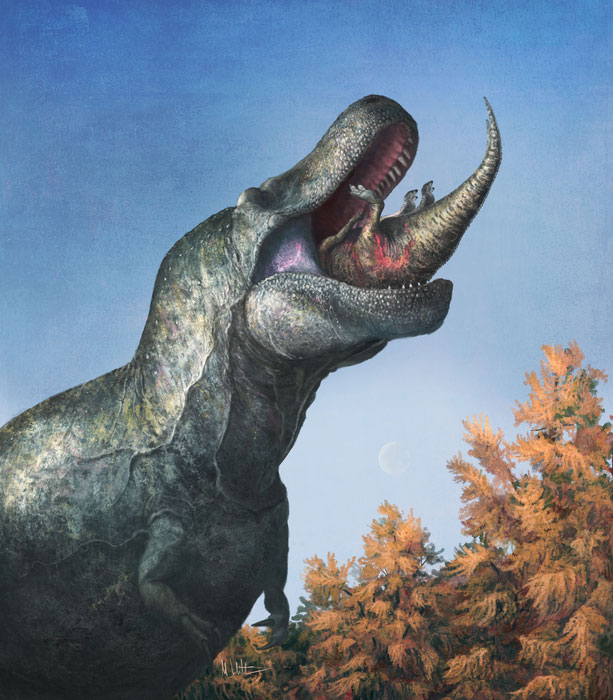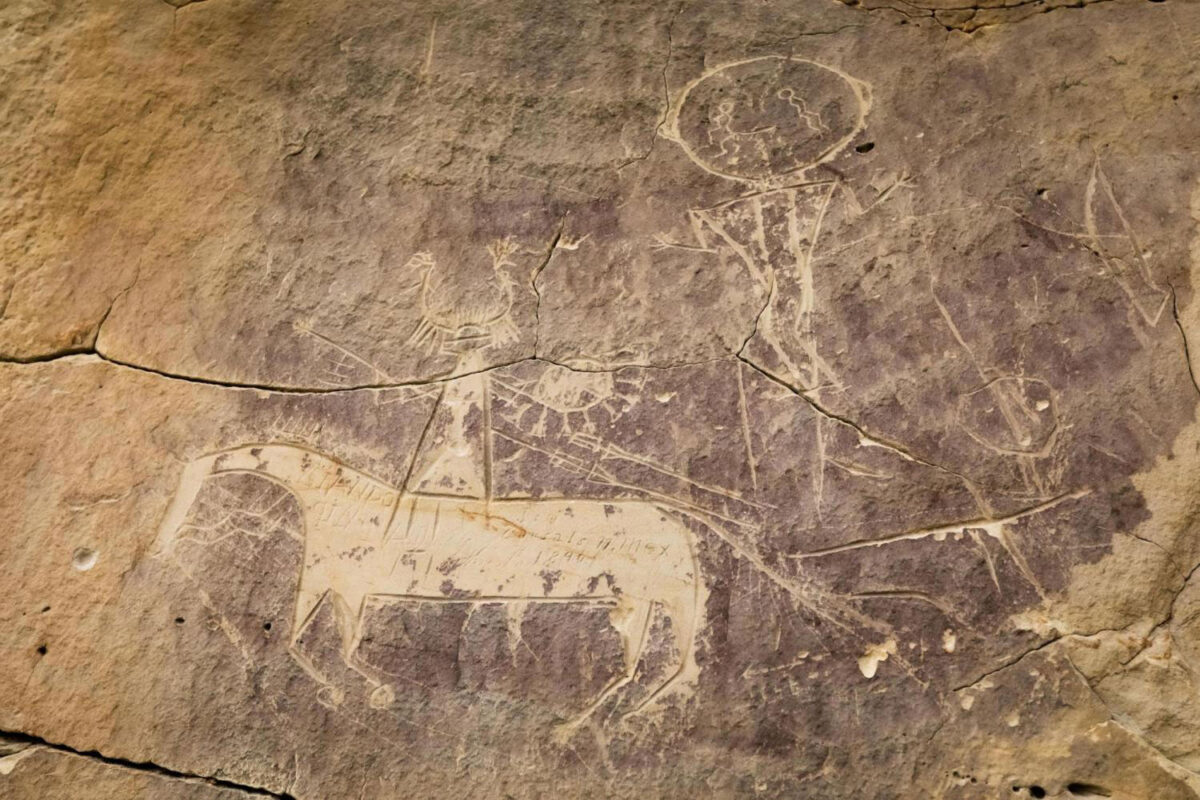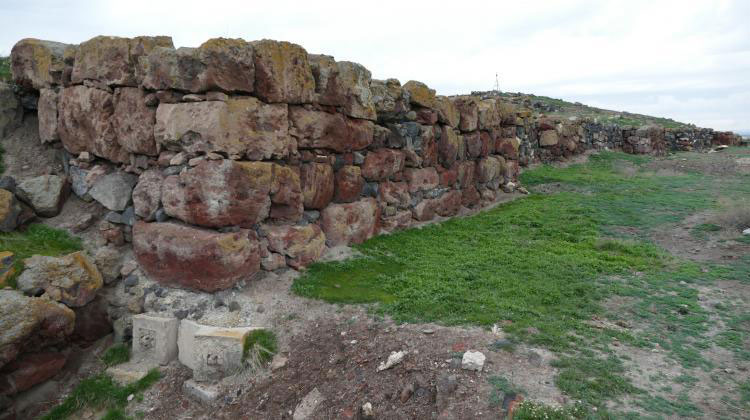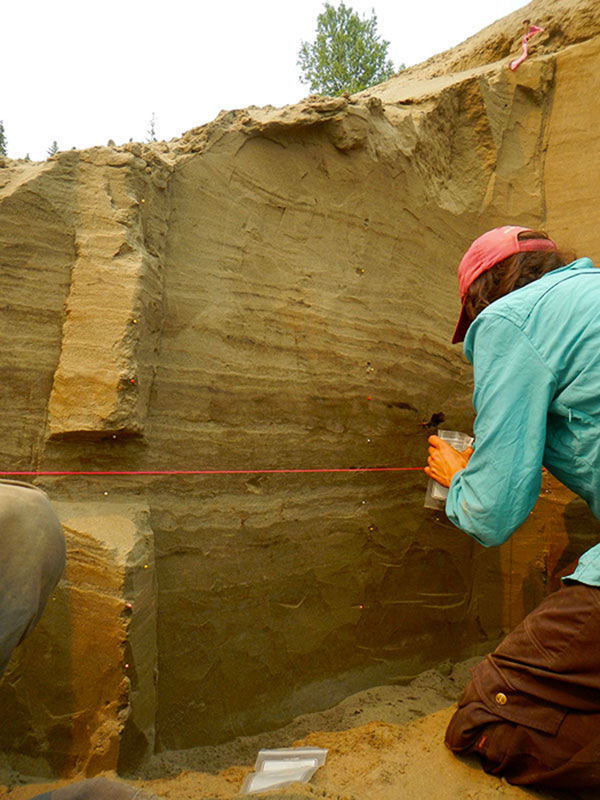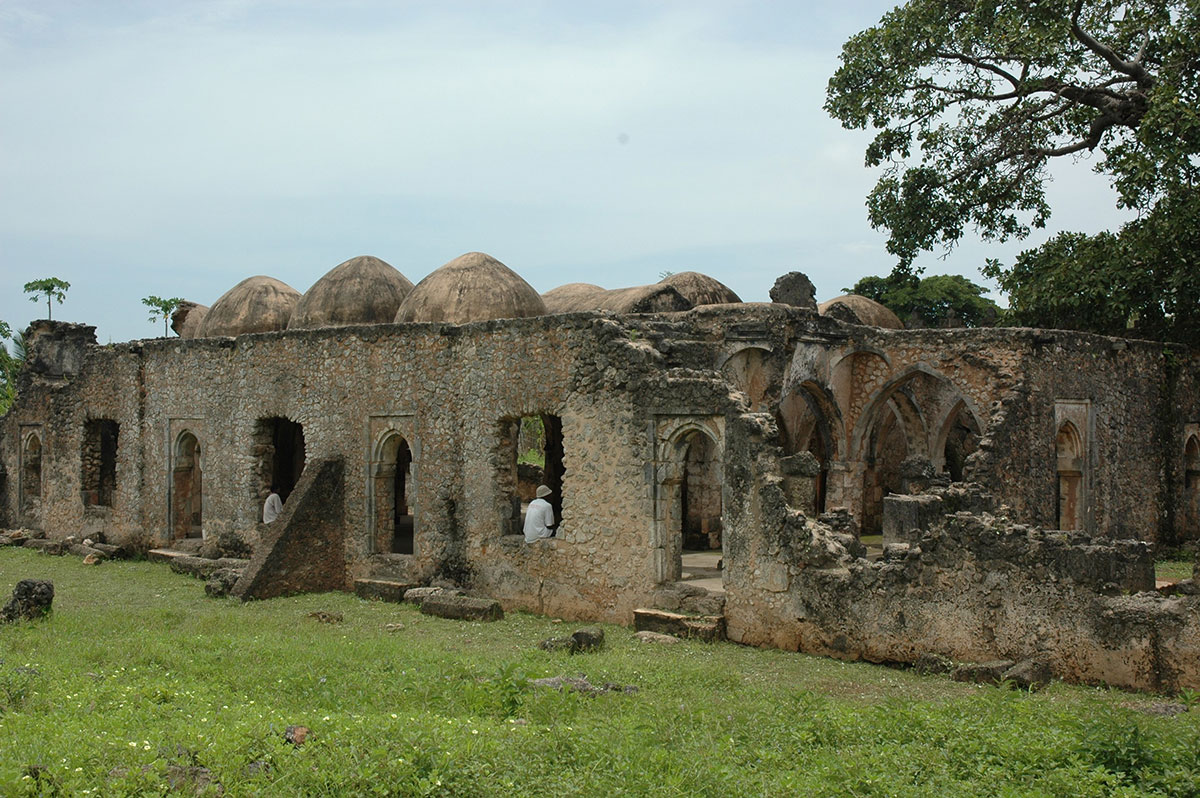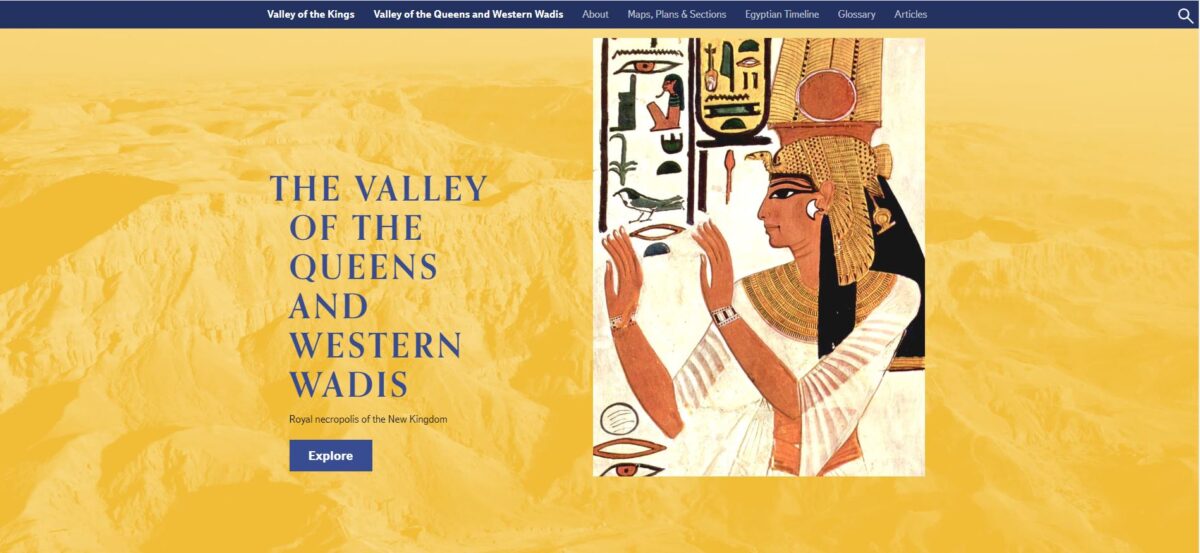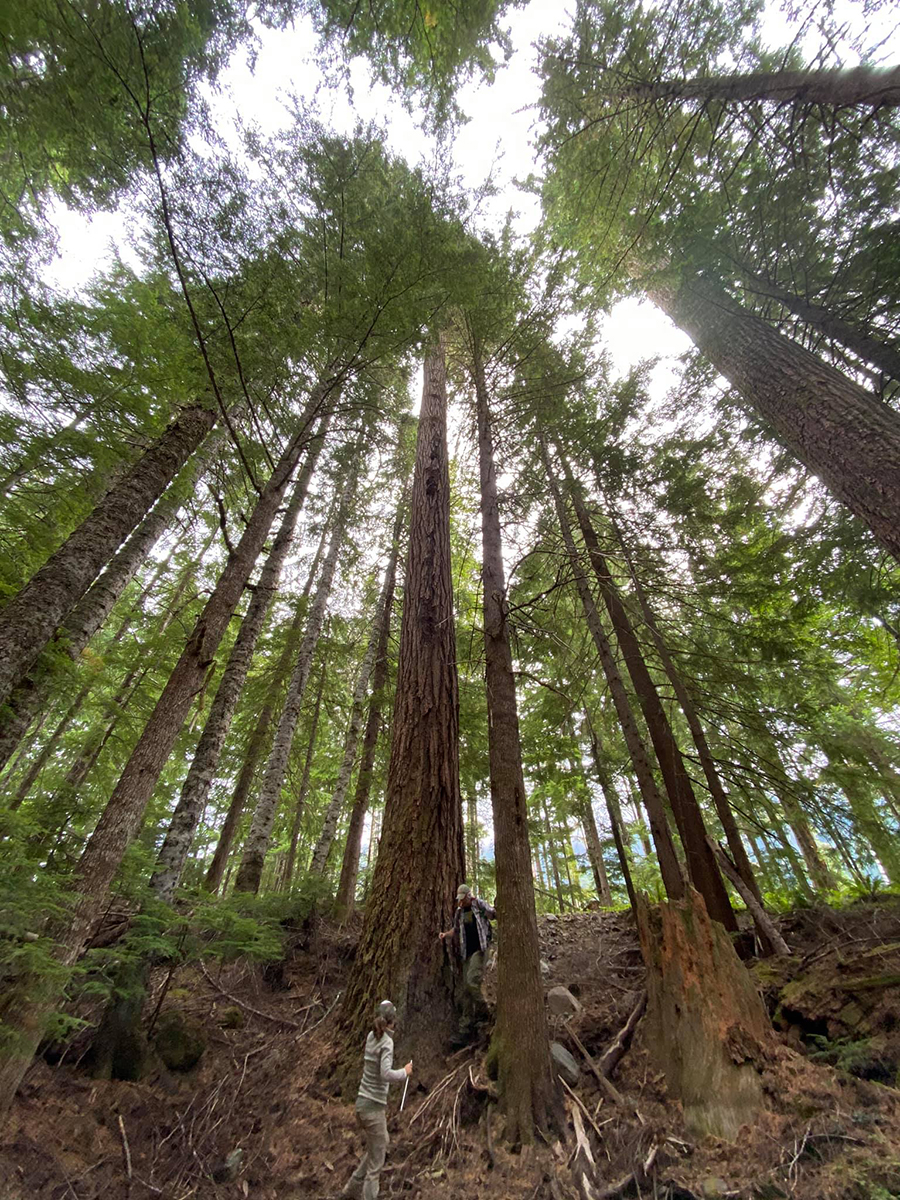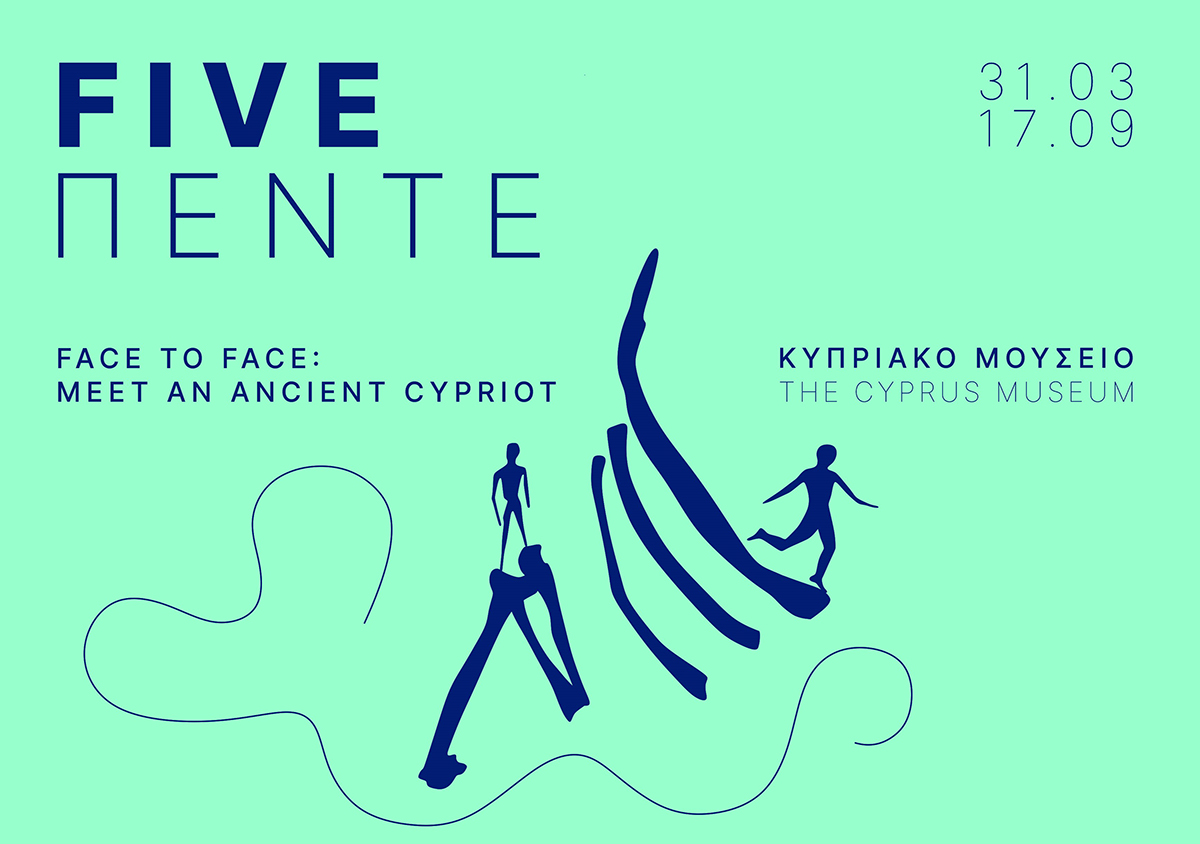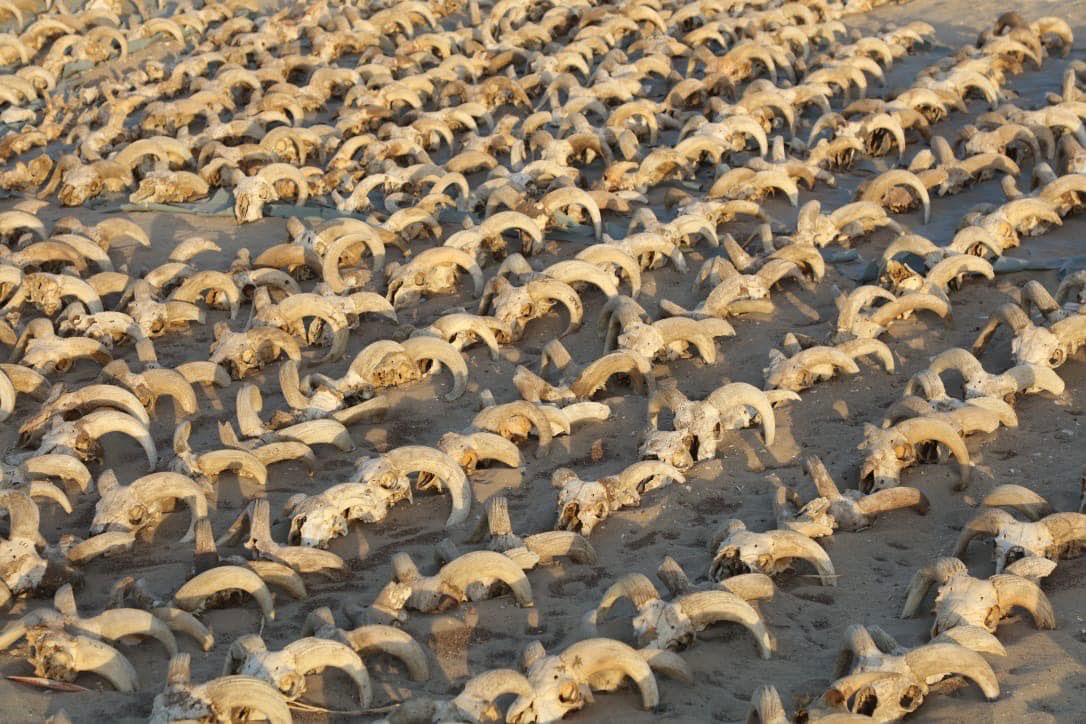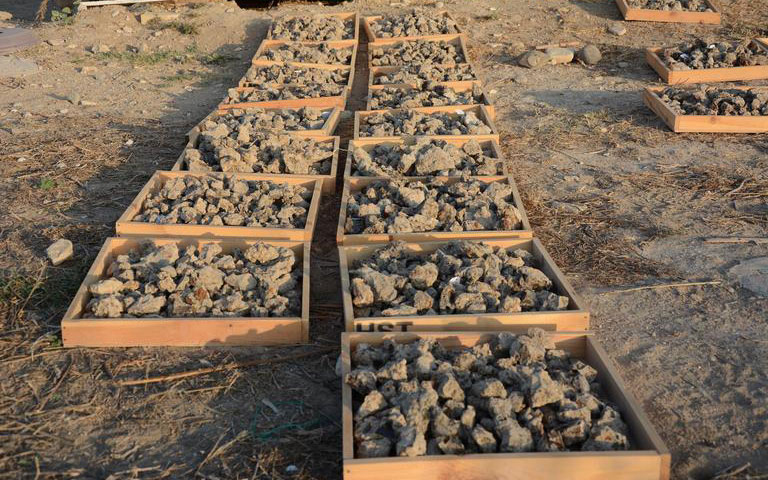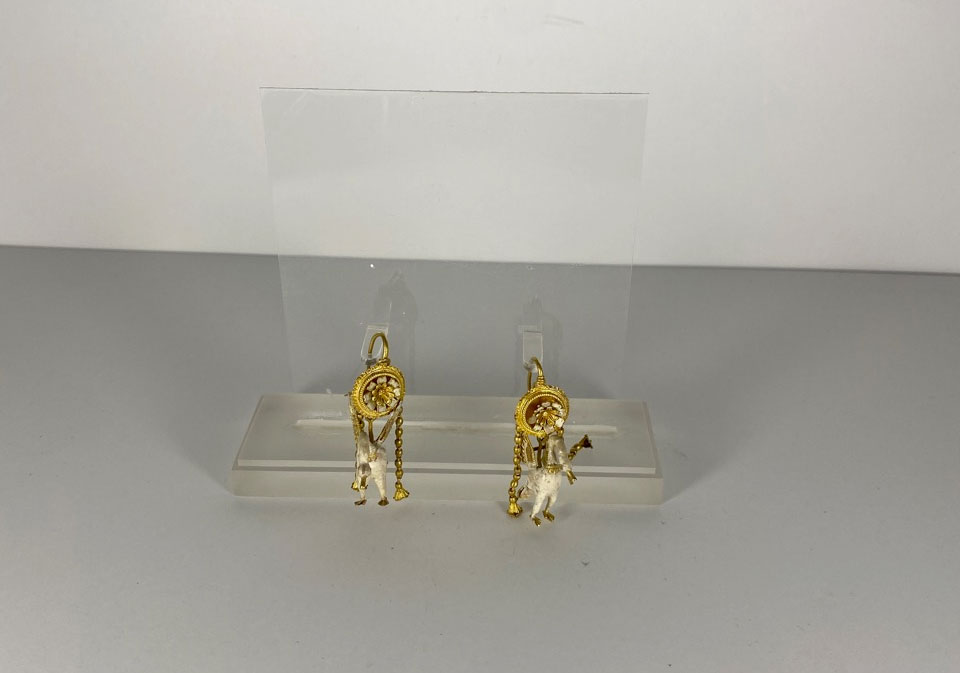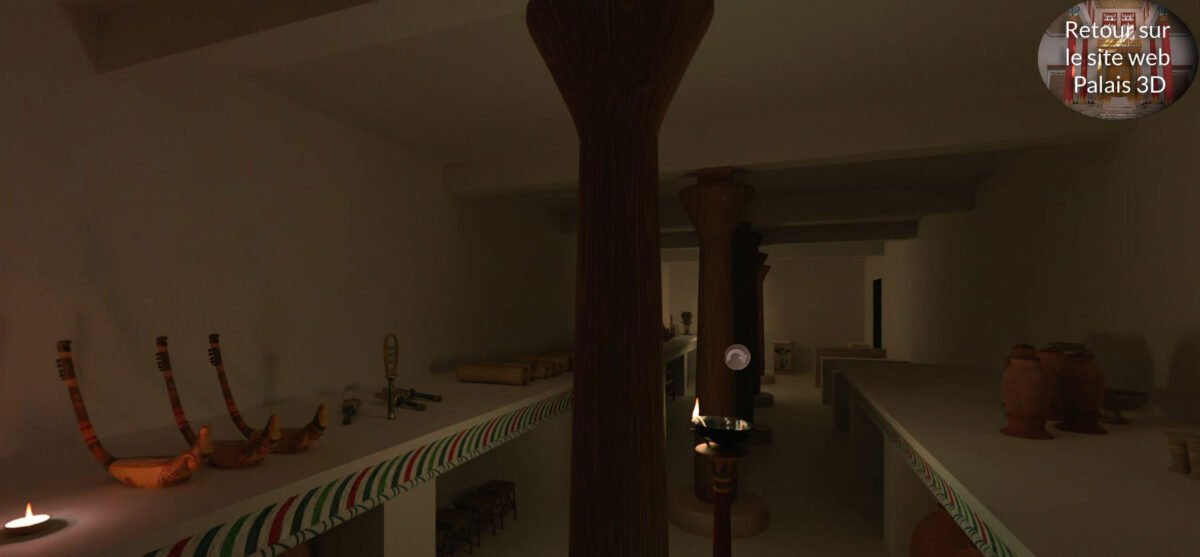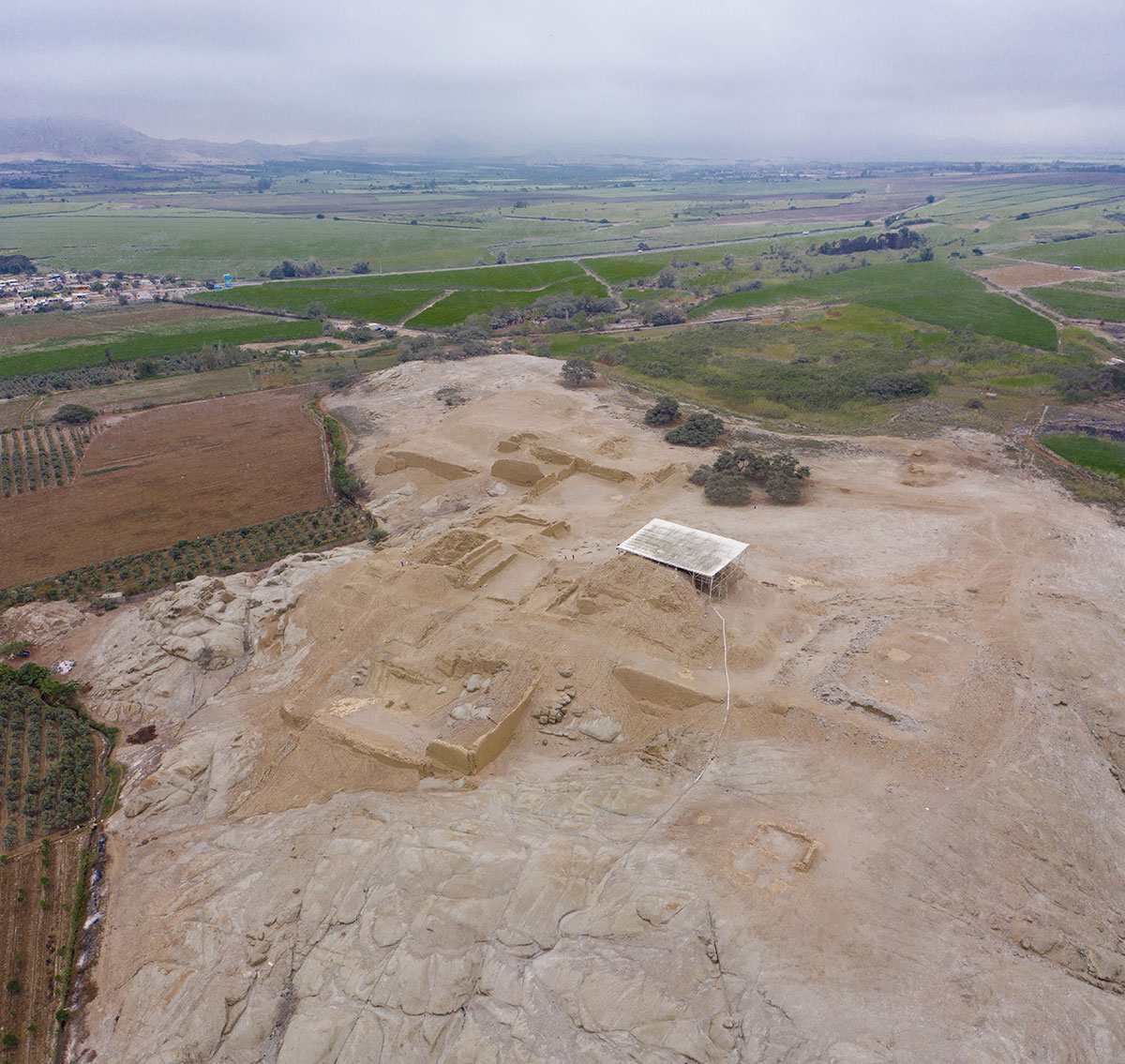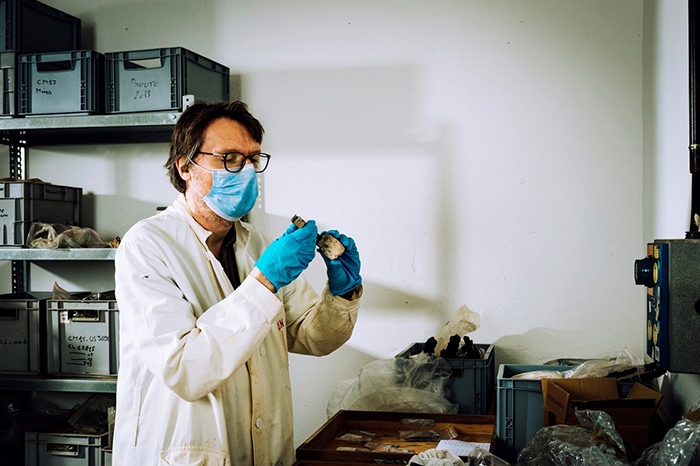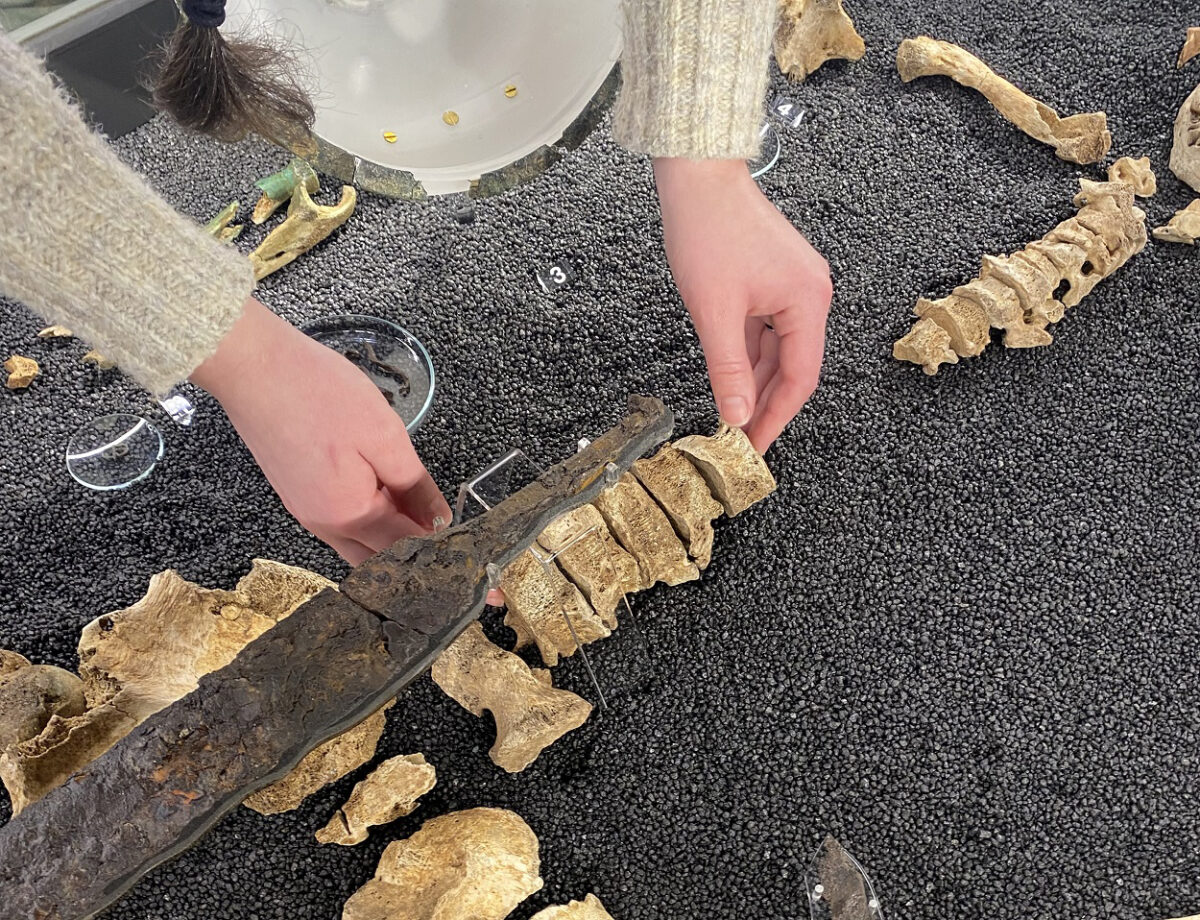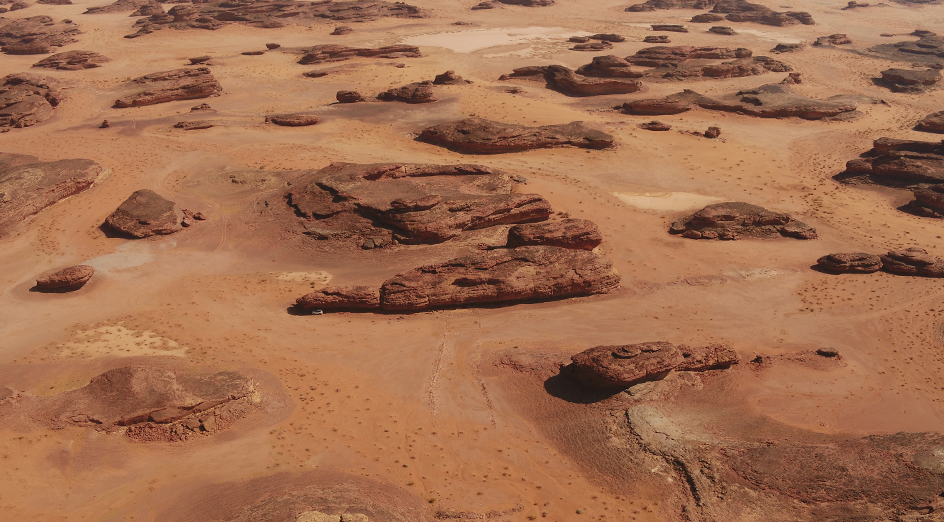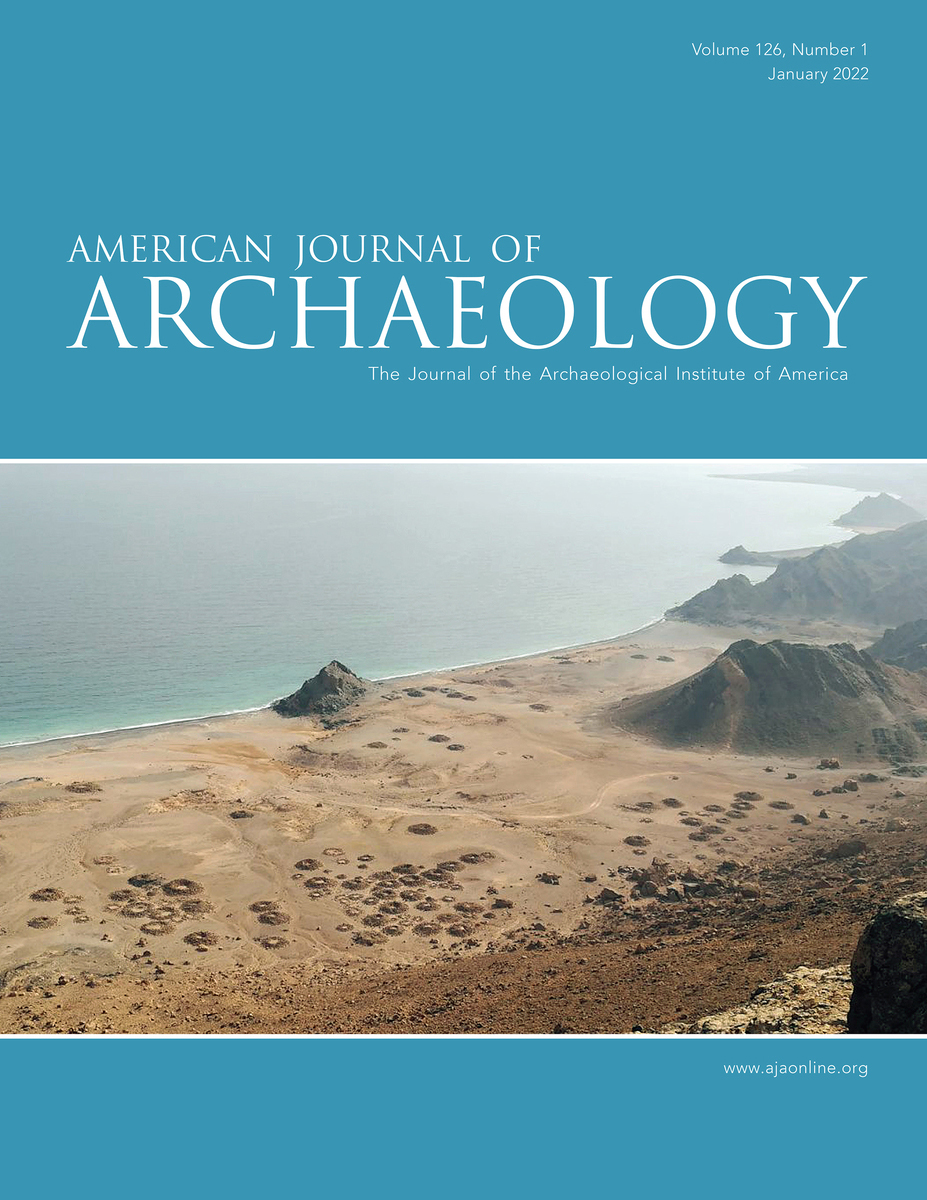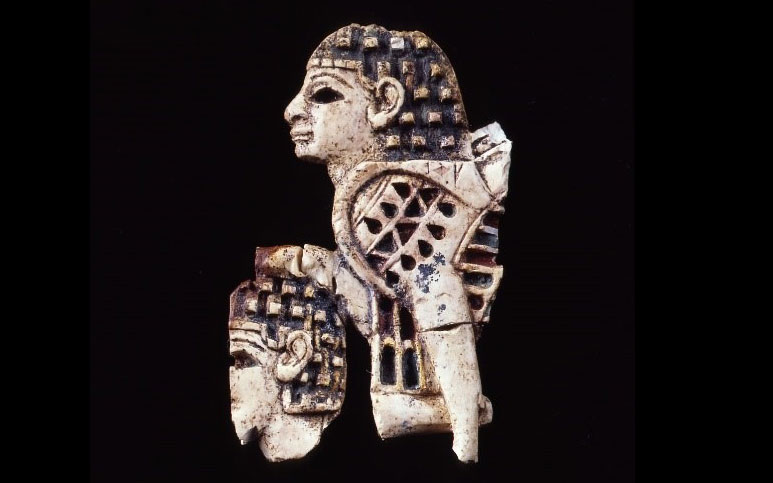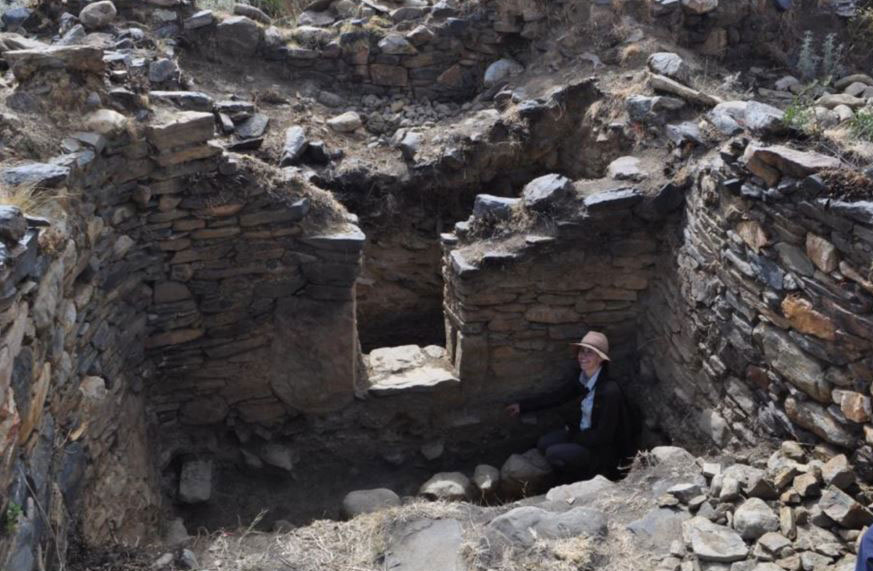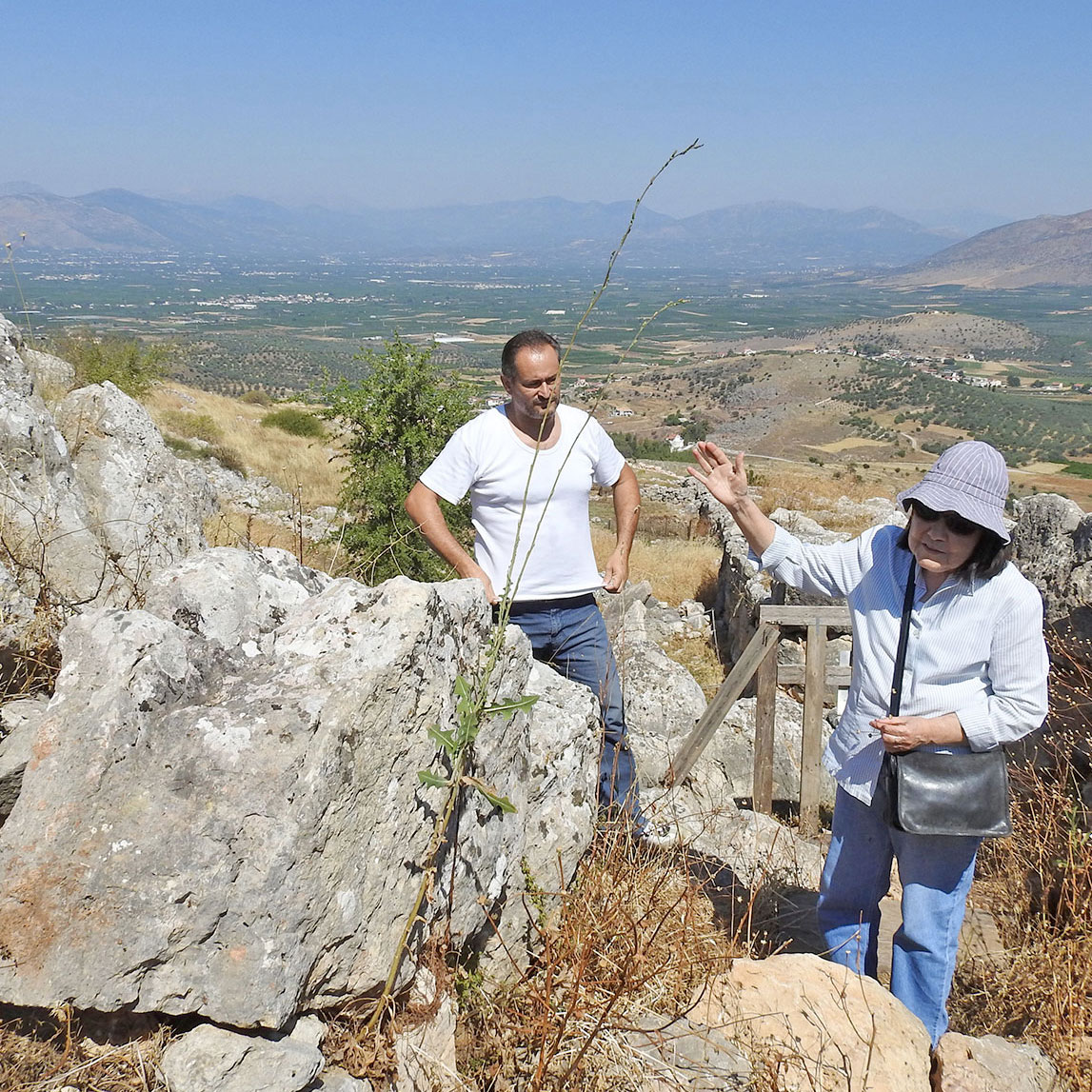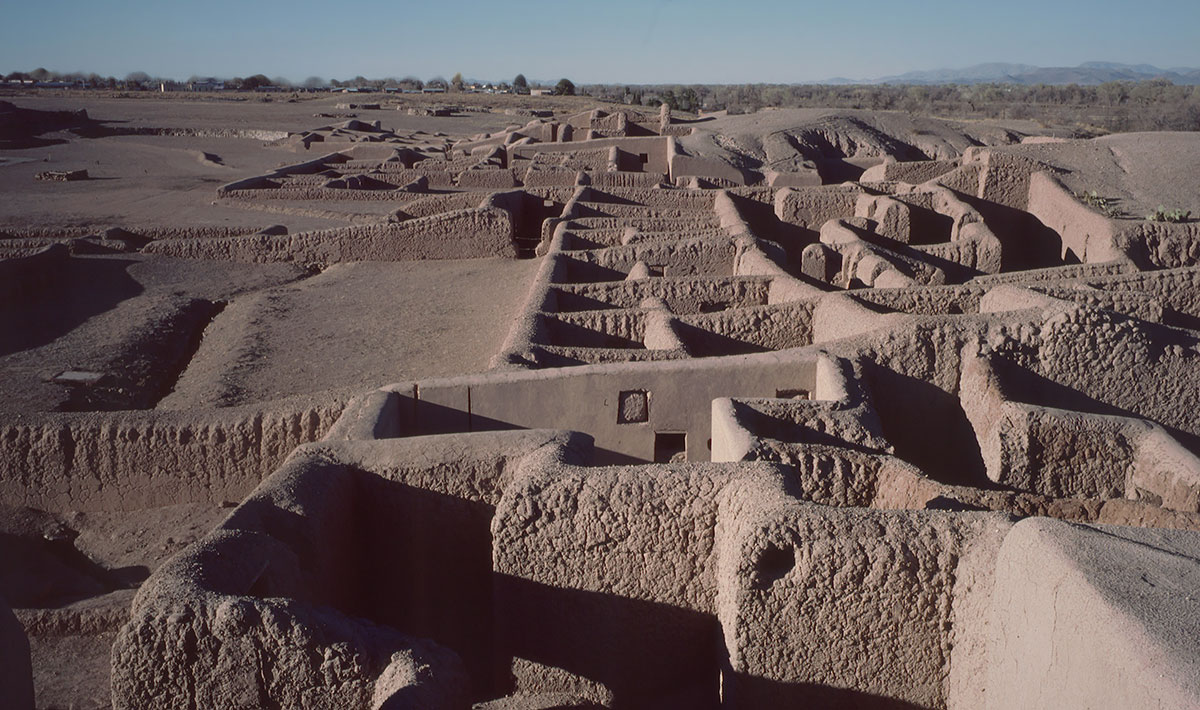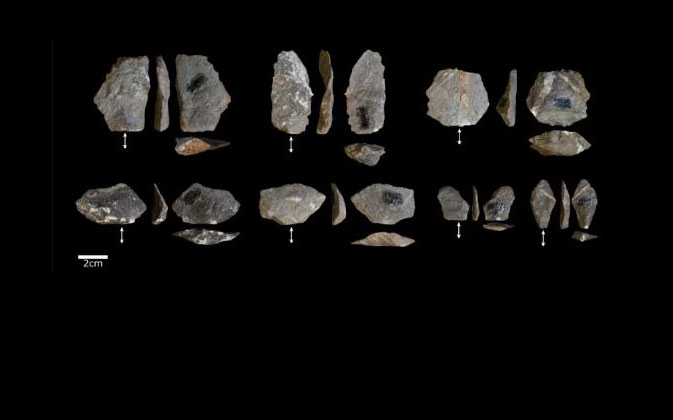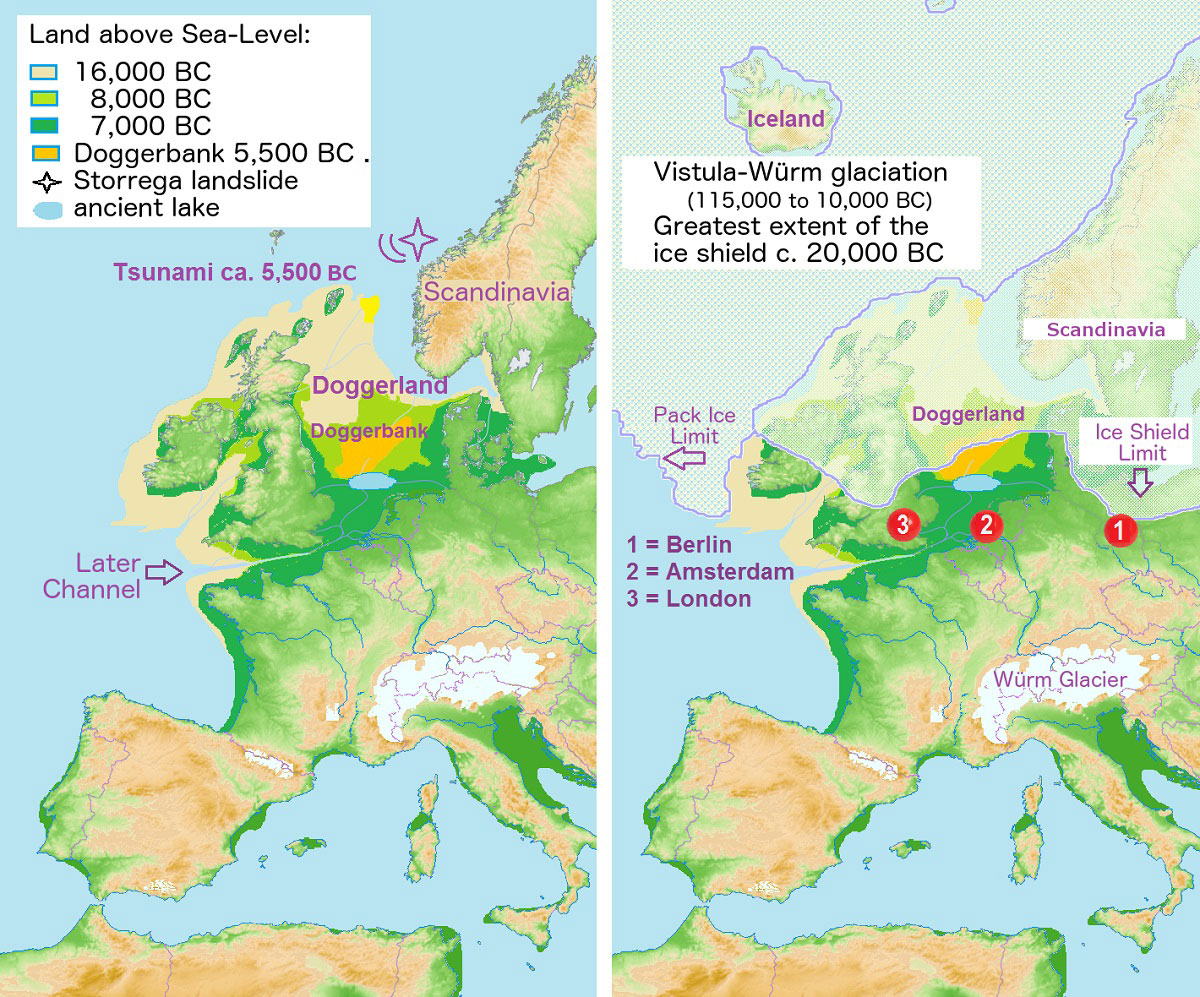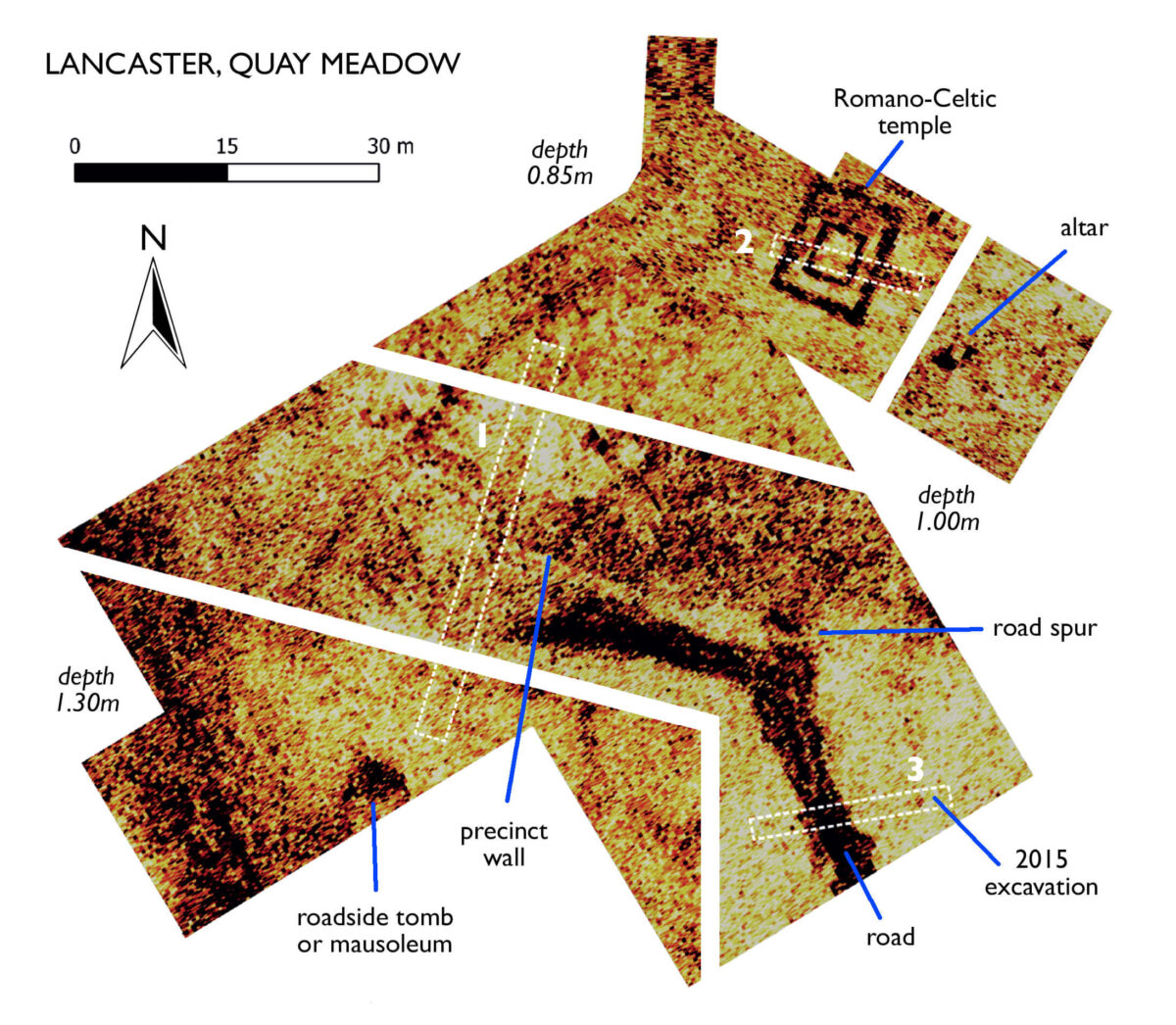Predatory dinosaurs such as T. rex sported lizard-like lips
The study suggests that even the giant teeth of Tyrannosaurus rex would have been covered in scaly, lizard-like lips.
Exhaustive study probes hidden history of horses in the American West
To tell the stories of horses in the West, the team examined animal remains found at sites ranging from New Mexico to Kansas and Idaho.
Polish-Armenian team discovers 3,200-year-old ‘golden tomb’
A Polish-Armenian team of archaeologists have uncovered a ‘golden tomb’ during excavations in Metsamor, Armenia.
A reconstruction of prehistoric temperatures for sites in North America
Scientists used a new technique that examines temperature records stored in bacteria to better understand the environmental conditions that may have led to the earliest human migrations into the Americas.
Asian ancestry introduced to East Africa in Early Modern times
Archaeologists, anthropologists, and linguists have been locked in a century-long debate about how much people from outside Africa contributed to Swahili culture and ancestry.
Egypt’s Valley of the Queens is now accessible online
A brand new section at the website of the Theban Mapping Project takes us to the tombs of New Kingdom queens, princes and princesses.
Tree rings confirm historic extremity of 2021 western North America heat wave
A new study of tree rings from the region shows that the event was almost certainly the worst in at least the past millennium.
What was it like living in Cyprus in ancient times?
The exhibition (re)creates moments of the life of the man from Souskiou, the diadem child from Dromolaxia-Vyzakia, the man from Idalion, the woman from Omodos and the woman from Nicosia.
Thousands of mummified rams’ heads found at Abydos
Finds demonstrate that cultic activity in the site of Ramesses II' Abydos temple lasted for more than 2,000 years.
Cyprus’s copper deposits created one of the most important trade hubs
The coveted metal copper and a sheltered location turned the Cypriot village of Hala Sultan Tekke into one of the most important trade hubs of the Late Bronze Age.
Manhattan District Attorney Bragg returns 29 antiquities to Greece
Manhattan District Attorney Alvin L. Bragg, Jr., announced yesterday the return of 29 looted antiquities to the People of Greece.
Unearthing Ancient Peruvian History
Clues to better understanding the religious rituals, political life and societal hierarchy of the Moche people are coming into view as a multi-year excavation continues at Pañamarca.
Notre Dame: First Gothic cathedral to make massive use of iron
The Notre Dame is indisputably the first Gothic cathedral that used iron as a building material in its own right to bring a pioneering architectural design to life.
Forgotten ‘Lowbury Woman’ burial to reveal her secrets
The mystery surrounding the remains of the the “Lowbury Woman” may finally be solved thanks to modern scientific techniques.
Ritual monuments in northern Arabia reveal neolithic ritual activity
Excavation of a remote stone monument in northern Arabia has revealed new insights into life in the late Neolithic era.
People of color underrepresented among authors published in the AJA
A new demographic survey reveals that people of color have been largely underrepresented among the scholars published in the journal.
2,700-year-old antiquity repatriated to Iraqi Government
FBI agents in Washington, D.C. returned a stolen artifact believed stolen from the Iraq Museum in Baghdad in 2003 to the Iraqi government.
Lasers and chemistry reveal how ancient pottery was made
Rather than using “official” Wari pottery imported from the capital, potters across the empire were creating their own ceramics.
Sad news for Katie Demakopoulou
Served the Greek Archaeological Service, the National Archaeological Museum, and was the Director of the excavations at Midea.
Ancient artifacts reveal the ‘roots of Casas Grandes’
At an excavation site in northern Mexico, BYU archaeology students and professors recently discovered artifacts that have been buried for 1,000 years.
Surprising similarities in stone tools of early humans and monkeys
Accidentally produced stone fragments made by macaques resemble some of the earliest hominin stone artifacts.
Magnetic fields to be used to explore submerged civilisations
Magnetic fields could provide the key to understanding submerged civilisations in a pioneering study by the University of Bradford.
Researchers help reveal evidence of rare Roman Temple
Lancaster University staff and student researchers have discovered evidence of a Romano-Celtic temple under public land near Lancaster Castle – only the second of its type found in northern Britain.
